-
Posts
2.067 -
Joined
-
Last visited
-
Days Won
52
Posts posted by Genava55
-
-
49 minutes ago, stanislas69 said:
@Genava55 I thought Alésia was kind of hard to locate ?
It is more about misplaced regionalism than difficulties in the localisation. Officially, it is Alise sainte reine.
-
 2
2
-
-
Gauls: (I took the list of Sundiata and put their gallic names)
SpoilerAlesia (tribe=Mandubii; today=Alise-Sainte-Reine)
Auaricon (tribe=Bituriges; today=Bourges)
Bibracte (tribe=Aedui; today=mont Beuvray)
Cenabon (tribe=Carnutes; today=Orléans)
Nemossos (tribe=Arverni; today=Corent)
Diuoduron (tribe=Mediomatrici; today=Metz)
Genaua (tribe=Allobrogi; today=Geneva)
Gergouia (tribe=Arverni; today=Merdogne)
Lutetia (tribe=Parisi; today=Paris)
Nouiodunon (tribe=Suessiones; today=Pommiers)
Samarobriua (tribe=Ambiani; today=Amiens)
Uxellodunon (tribe=Cadurci; today= Puy d'Issolud)
Uesontion (tribe=Sequani; today=Besançon)
Ganoduron (tribe=Helveti; today=Kandern)
Mediolanon (tribe=Insubri; today=Milan)
Britons :
SpoilerCamulodunon (tribe=Trinovantes; today=Colchester)
Uerlamion (tribe=Catuvellauni; today=St Albans)
Bagendon (tribe=Dobunni; today=Cirencester)
Eboracon (tribe=Brigantes; today=York)
Carbantorion (tribe=Selgovae; today=Haugh of Urr maybe)
Colanica (tribe=D A M N onii; today=Broomholm maybe)
Calleua (tribe=Atrebates; today=Silchester)
Moridunon (tribe=Demetae; today=Merlin's hill)
Segontion (tribe=Ordovices; today=Caernarfon)
Lindon (tribe=Coritani; today=Lincoln)
-
 1
1
-
 2
2
-
-
-
8 hours ago, Thorfinn the Shallow Minded said:
Likewise, I am fairly sure that the aspis was not designed to be strapped onto the back. I've never seen or read any primary sources which attests to this practice.
Aspis I am not sure. But Diphylon shield yes:
https://www.pinterest.ch/pin/439663982359344102/
However, it is a bit different from an aspis.
-
 1
1
-
-
Yes. Thankfully half hour after my message the fire was decreasing and the firefighters were more optimistic. This is bad enough and I am glad they saved the rest.
-
 3
3
-
-
Still ablaze yes, the complete destruction of the North towers (Beffroi) is still possible. Sadly.
-
 1
1
-
-
-
@Sundiata You can maybe share something about it no?

-
 2
2
-
-
http://kingsandgenerals.libsyn.com/6-celts-before-caesar
A good podcast released by Kings and Generals channel. The quality in term of accuracy is above the videos, although it doesn't really discuss the military aspect.
For a few corrections, between 8:00 and 9:00. the speaker should have more emphasized the role of the Etruscans in the contact between Northern regions and Mediterranean civilizations.
At 11:40, the speaker pronounced "La Tène" as Latèné pronouncing the last e as an English speaking person will pronounce the letter e when he recite the alphabet. Actually, in French we pronounced the letter e more like an English person says uh/euh, and at the end of a word this sound is very little pronounced. Here an example of pronunciation at 1:45. This is a small and not important error but I took the opportunity to correct this common issue.
Between 16:30 and 17:00, the speaker highlights the issue of the origins of the Celtic culture (especially Celtic language). It is true that the Hallstatt narrative as a sole explanation for the Celtic expansion is dull and mostly abandoned by modern scholars. But he mentioned the idea of a western origin as a valid theory. However, the hypothesis pushed by Cunliffe and Koch that the Celtic languages comes from the West is mostly based on the idea that indo-european languages doesn't come from Steppic expansion (Kurgan hypothesis) but from Eastern neolithic (for Cunliffe's stand) or that Celtic languages do not come from the same indo-european migration (steppic) but from a later Anatolian migration of culture already bearing an indo-european culture (for Koch's stand). Honestly, this is only misplaced nationalism among two old scholars and there is really nobody following their view. They only got mediatized outside the academic world, this is why people thinks this is a valid theory among scholars. This is not the case. Archaeogenetics shattered their hypothesis about indo-europeans.
At 26:16, the speaker says the Celts didn't build roads. This is not true, the first Roman roads got built upon previous roads:
https://www.theguardian.com/science/2011/mar/15/britannia-roman-roads-iron-age
https://halshs.archives-ouvertes.fr/halshs-00639254/document
Finally at 26:55, the speaker says the Romans had the advantage of a industrial production of weapons for their soldiers. While the Gauls not. This is true however the latter claim that the chain mail is only for the ruling elite is a bit disputed by late La Tène findings. Especially one I worked on it as a technician. It was a deposit of artisanal waste with a large chain mails piece, mixed with broken objects, unfinished products and productions failures. It doesn't suit the idea of a high valuable object. The chain mail is probably not widespread in the whole warrior class but assuming it is only for high-members of the La Tène society is maybe too extreme. At the end of the La Tène culture, iron production is starting to be very important and close to what is seen in the Mediterranean world. Rome's productivity is exceptional in comparison of Greek cities and I think it is a bad idea to compare everything with Rome.
-
 3
3
-
-
-
https://europabarbarorum.fandom.com/wiki/Noshei-Khereb_Lubiyim_(Libyan_Swordsmen)
https://europabarbarorum.fandom.com/wiki/Dorekim_Lubiyim_Meshurianim_(Late_Libyan_Infantry)
https://europabarbarorum.fandom.com/wiki/Mashlihei-Hanitim_Lubiyim_(Libyan_Skirmishers)
https://europabarbarorum.fandom.com/wiki/Dorekim_Bashetulim_(Carthaginian_Settler_Infantry)
https://europabarbarorum.fandom.com/wiki/HaParasim_HaB'hurim_(Carthaginian_Elite_Cavalry)
https://europabarbarorum.fandom.com/wiki/Dorkim_Garamantim_(Garamantine_Infantry)#EB2
https://europabarbarorum.fandom.com/wiki/Dorkim_Libi-Ponnim_(Liby-Phoenician_Infantry)#EB2
https://europabarbarorum.fandom.com/wiki/Dorkim_Maurim_(Maure_Infantry)#EB2
https://europabarbarorum.fandom.com/wiki/Mitnag'him_Numidim_(Numidian_Skirmishers)#EB2
https://europabarbarorum.fandom.com/wiki/Gldgmtk_(Numidian_Nobles)#EB2
Album of screenshots, Numidian and Carthaginian roster in the second half: https://imgur.com/a/18bCK
Probable depiction of Lybian skirmishers (look similar to the Mashlihei Hanitim Lubiyim of EB2):
Spoiler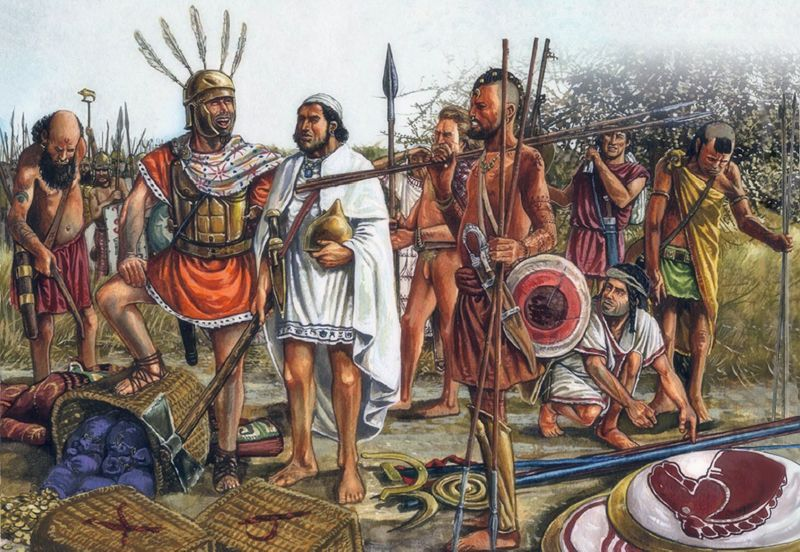
-
 1
1
-
-
It depends. If it is like the Catalan guy that said the Iberian faction should use catalan language because they share the same region, I think you we can sabotate their offer without any remorse.
-
 2
2
-
-
Thx for pointing out the issues.
-
@stanislas69 Maybe we should move the discussion about the references here https://wildfiregames.com/forum/index.php?/topic/25190-iberian-references/&tab=comments#comment-366695 and keeping this thread for @wackyserious 's work.
-
 1
1
-
 1
1
-
-
36 minutes ago, Lion.Kanzen said:
I was very sick first with parasite then Gastritis then Irritable bowel syndrome. I think is pure anxiety.
Oh sh*t I am sorry you got this. I know some persons with irritable bowel syndromes and indeed, stress management helps them to reduce the symptoms. If I can suggest you one thing, drawing is a good hobby and stress reliever, I used this when I got a depression. Simply drawing patterns, animals or trees, it helps you focusing your mind on something not stressful.
25 minutes ago, Lion.Kanzen said:In the Celtiberia, the formation of a cultural system evidenced by a material culture, habitat, socioeconomic structure and characteristic rites that shows a long evolutionary process. The presence of weapons forming part of the funerary trousseaux reveals
a gentilicia structure and they put of maniesto a strong social hierarchization, at the time that they provide
information on the type of armament and the characteristics of its panoply. During this stage (phase I), which can be assimilated to Ancient Celtiberian, the funerary furnishings reveal the presence of groups with a different incipient.
and a "warrior" component reejado by some tombs with weapons, which include by the
common long spearheads, with a strong central nerve of square, rectangular or circular section, narrow fins, and lengths sometimes exceeding 50 cm, although others of lesser length are also documented.
tud, between 13 and 22 cm, all of them equipped with a regatón, sometimes of great length, as well as curved knives, an element of ritual value, given its role as a sacricial weapon.Thanks mate. It is interesting the development and the evolution of the Celtiberian society. It seems the historians really divide the Celtiberian Iron age in different stage according to their warfare characteristics (Stage I = Ancient pre-5th century BC with light equipment ; Stage II = Aristocratic equipment and full panoply with the classical disc cuirass, helmet, daggers, round shields and swords 5th to 3rd century BC ; Stage III = More Mediterranean influence, Roman equipment notably, montefortino helmet. More Celtic equipment. )
This in interesting because the Iberians didn't have the same division. Aristocratic panoply are more common before the 4th century BC. Documents analyzing iberian panoplies:
@Lion.Kanzen If I can suggest you a useful tool as well: http://removelinebreaks.net/
Very useful when you copy past text from pdf files.
No need to translate everything. It is only to browse through the documents, highlighting the important points and the details that could be interesting about the equipment. I understand a bit Spanish (this is a latin language sooo...) but it took me far more time to only browse the documents and often I missed some points.
-
 1
1
-
-
Hey Lion.Kanzen, I am glad you are back
 7 hours ago, wackyserious said:
7 hours ago, wackyserious said:Reused and enhanced some parts of the old texture from source and came up with this.
I like this one. I think it is all good.
For the two previous ones, I think there was an evolution of the chainmail technology during the 5th to 2nd century BC. You see the old chainmail with the plaques have a very different assemblage than a classical "lorica hamata". In fact the way the mail is coupled to each other is close to the few chainmail from Etruscan burials. Probably this way to assemble results to a lighter but weaker armor. Cardiophylax are becoming less popular after the third century BC, when the classical chainmail started to be widespread. This is why I hesitated about the mixing of cardiophylax and classical chainmail. I read several talks about the Celtiberians on twcenter and I thought the chainmail never was in used before the third century BC, according to the argument in the talks. But maybe they were wrong on the older chain mail type or unaware of its existence. Thus a mixing of a cardiophylax and of the old fashioned chain mail is definitely possible. Also possible with the plaques.
Edit: @wackyserious An example of Etruscan chain mail skirt:
http://myarmoury.com/talk/viewtopic.32266.html
-
 1
1
-
-
13 hours ago, wackyserious said:
Opinions on their equipment and the use of colors
I think the cardiophylax is used before the chain mail become common in the peninsula (EDIT maybe contradicted by the finding below thus your choice is still possible):
https://journals.ub.uni-heidelberg.de/index.php/jahrb-rgzm/article/download/15319/9194/0
Although, I am not fluent in Spanish, thus I struggle to read it quickly. I see maybe a possible case, similar to some finds among the Gauls, with metallic plaques mixed with chain mail:
@soloooy0 @Trinketos @Gallaecio @Alexandermb is there someone speaking spanish that can also handle the reading of some academics material on the forum? @av93 maybe?
Sources in Spanish:
http://gladius.revistas.csic.es/index.php/gladius/article/download/44/45
https://www.academia.edu/30577570/La_guerra_y_el_armamento_celtibérico_estado_actual
-
 1
1
-
-
1 hour ago, Nescio said:
Don't forget the Celtic town-phase b/a/e cavalry and infantry swordsmen, currently available to Carthage. There's also a Celtic mercenary in the Ptolemies roster.
(Also, shouldn't the Gauls get archers?)
This is only a temporary roster. If I understood correctly, they want to release an early version not totally finished (mainly updating the texture and the models). I propose to stay on the current situation where the two rosters for the Celtic factions are almost the same.
-
 1
1
-
-
10 hours ago, Alexandermb said:8 hours ago, Alexandermb said:
Wow you work fast

For the temporary common roster for both factions:
SpoilerVillage
-
Spearman - Catucos
-
Britons
- Basic => No helmet / Trousers / Naked chest and body paint / No cape / Medium shield (Oval 5,6,7,8) without shield protection
- Advanced => No helmet / Trousers / Cape / Naked chest and body paint/ Long shield (Oval1,3 Hexagonal2, Square3, 4) with shield boss (group 4)
- Elite => Coolus or Meyrick helmet / Trousers / Cape / Tunic (thick?)/ Long shield (Oval1,3 Hexagonal2, Square3, 4) with shield boss (group 5)
-
Gauls (I used the description for the swordsman)
- Basic => No helmet / Trousers / Naked chest or tunic / Cape or no cape / Long shield (Oval1, 2, 3) without shield protection
- Advanced => Berru or Montefortino / Trousers / Cape / Naked chest or tunic / Long shield (Oval1, 2, 3) with shield boss (group1)
- Elite => Ciumesti or Montefortino / Trousers / Cape or no cape / Leather cuirass / Long shield (Oval1, 2, 3) with shield boss (group2) and orle protection
-
Britons
-
Skirmisher - Bagauda
-
Britons (Adretos description)
- Basic => No helmet / Trousers / Naked chest and body paint / No cape / Shield (Square1, 2) without shield protection
- Advanced => No helmet / Trousers / Cape / Naked chest and body paint/ Shield (Square2, Oval8) with shield boss (group 3)
- Elite => Coolus or Meyrick helmet / Trousers / Cape / Tunic / Shield (Square2, Oval8) with shield boss (group 4)
-
Gauls
- Basic => No helmet / Trousers / Naked chest or tunic / No cape / Medium shield (Oval8, Square2) wicker or wooden without shield protection
- Advanced => No helmet / Trousers / Cape / Naked chest or tunic / Medium shield (Oval 4 , Oval8, Square2 ) with shield boss (group1)
- Elite => Berru or Montefortino helmet / Trousers / Cape / Naked chest or tunic / Medium shield (Oval4, Oval8, Square2) with shield boss (group1)
-
Britons (Adretos description)
-
Light Cavalry - Marcacos
-
Britons
- Basic => No helmet / Trousers / Naked chest and body paint / No cape / Shield (Square2, Oval5,6,7,8) with shield boss (group 3)
- Advanced => Ashmolean or Berru helmet / Trousers / Cape / Naked chest and body paint/ Shield (Square2, Oval5,6,7,8) with shield boss (group 4)
- Elite => Coolus or Meyrick helmet / Trousers / Cape / Tunic (thick?) / Long shield (Oval1, Hexagonal2, Square3, 4) with shield boss (group 5)
-
Gauls (I used the same than the ambactos spearman)
- Basic => No helmet but leather or textile cap / Trousers / Tunic / No cape / Long shield (Oval2, 3, Hexagonal1) without shield protection
- Advanced => No helmet but leather or textile cap / Trousers / Tunic (thick) / No cape / Long shield (Oval2, 3, Hexagonal1) with shield boss (group3)
- Elite => Alesia or Coolus helmet / Trousers / No cape / Chain mail / Long shield (Oval2, 3, Hexagonal1) with shield boss (group3) and orle protection
-
Britons
Town
-
Slinger - Telmiuicos
-
Britons and Gauls
- Basic => No helmet / Trousers / Naked chest / No cape / No shield
- Advanced => No helmet / Trousers / Naked chest / No cape / Small shield (Square1)
- Elite => No helmet but leather or textile cap / Trousers / Tunic / No cape / Small shield (Square1)
-
Britons and Gauls
-
Sword cav - Eporedos
-
Britons (Epossos description, removed the Mill Hill Headband)
-
Basic =>
Mill Hill Headbandno helmet / Trousers / Naked chest and body paint / No cape / Long shield (Oval1, Hexagonal2, Square3, 4) with shield boss (group 4) -
Advanced => Ashmolean or Berru helmet / Trousers / Cape / Tunic
(thick?)/ Long shield (Oval1, Hexagonal2, Square3, 4) with shield boss (group 5) - Elite => Coolus or Meyrick helmet / Trousers / Cape / Chain Mail / Long shield (Oval1, Hexagonal2, Square3, 4) with shield boss (group 5)
-
Basic =>
-
Gauls (the Eporedos)
- Basic => No helmet / Trousers / Cape / Naked chest or tunic / Long shield (Oval1, 2) with shield boss (group1)
- Advanced =>Ciumesti or montefortino helmet / Trousers / Cape or no cape / Leather cuirass / Long shield (Oval1, 2) with shield boss (group2) and orle protection
- Elite => Port, Alésia, Foret or Boé helmet / Trousers / Cape or no cape / Chain mail / Long shield (Oval1, 2, Hexagonal1) with shield boss (group3) and orle protection
-
Britons (Epossos description, removed the Mill Hill Headband)
Here everything in common for both faction. Do not forget the champions, you can use the chariot for the Britons and the Super Sword Cav for the Gauls. Do not forget the naked warrior for the Gauls (I think you already done the elite version which is enough). For the champion infantry swordsman, you can give it to both faction like this:
-
Champion swordsman - Argos
-
Britons
- General => Bronze Mihovo or Meyrick helmet / Trousers / Cape / Chain Mail/ Long shield (Oval1,3 Hexagonal2, Square3, 4) with shield boss (group 5)
-
Gauls
- General => Alesia, Agen or Iron Mihovo helmet / Trousers / Cape / Chain mail with or without phalera (metallic plaque round or rectangular) / Long shield (Oval1, 2, Hexagonal1) with shield boss (group3) and orle protection
-
Britons
-
Spearman - Catucos
-
On 4/8/2019 at 5:01 PM, Alexandermb said:
Do the shield groups are restricted to factions? i see the group 3 mostly used by gauls while the 4 and 5 used by britons
Yes technically the groups 1 and 2 are for the Gauls and the groups 4 and 5 for the Britons. The group 3 being the common set (because of the later Belgian "invasion").
On 4/8/2019 at 6:08 PM, Alexandermb said:due to lack of group 4-5 bosses variants, will be using 3 in the meantime, later will be replaced with those. First i want to make the distribution with the items we have done.
No problem. Round shields and two-handed swords were the most obvious issue. No need to change everything in one release.
On 4/8/2019 at 8:14 PM, Alexandermb said:Otherwise for having also the alternative of the deffault vanilla roster @Genava55 may i request also a distribution for the actual roster in the meantime?
Sure. I will do a small guideline tomorrow in the morning (midnight here). Sorry I am a busy these days.
-
38 minutes ago, Nescio said:
why is there a Gaul faction emblem above the door?
Anyway, this kind of triskelion with spiraling branches is far more common and developed in the British Isles, especially during the Roman period.
39 minutes ago, Nescio said:To me, the kennel structure looks like a tiny house more suitable for a single human warrior than for keeping dogs. Moreover, I'm not sure dog houses such as this actually existed in Antiquity; my guess is dogs were simply kept inside or outside (human) houses, but not in special structures such as this. If anyone has any references for ancient dog kennels, I'm certainly interested in seeing them.
Perhaps it would be best to disable the kennel structure in 0 A.D. and make war dogs trainable at Briton houses or barracks.
Good question. I know Egyptian built some kennel in mud bricks but I don't think it was the case in Europe's prehistory. I agree with your suggestion for the houses. It could be a powerful asset for the Britons as well.
-
 1
1
-
-
Copper mines of the Great Orme (Wales):
http://www.bbc.com/earth/story/20160420-the-ancient-copper-mines-dug-by-bronze-age-children
https://www.historic-uk.com/HistoryUK/HistoryofWales/The-Great-Orme-Mines/
Spoiler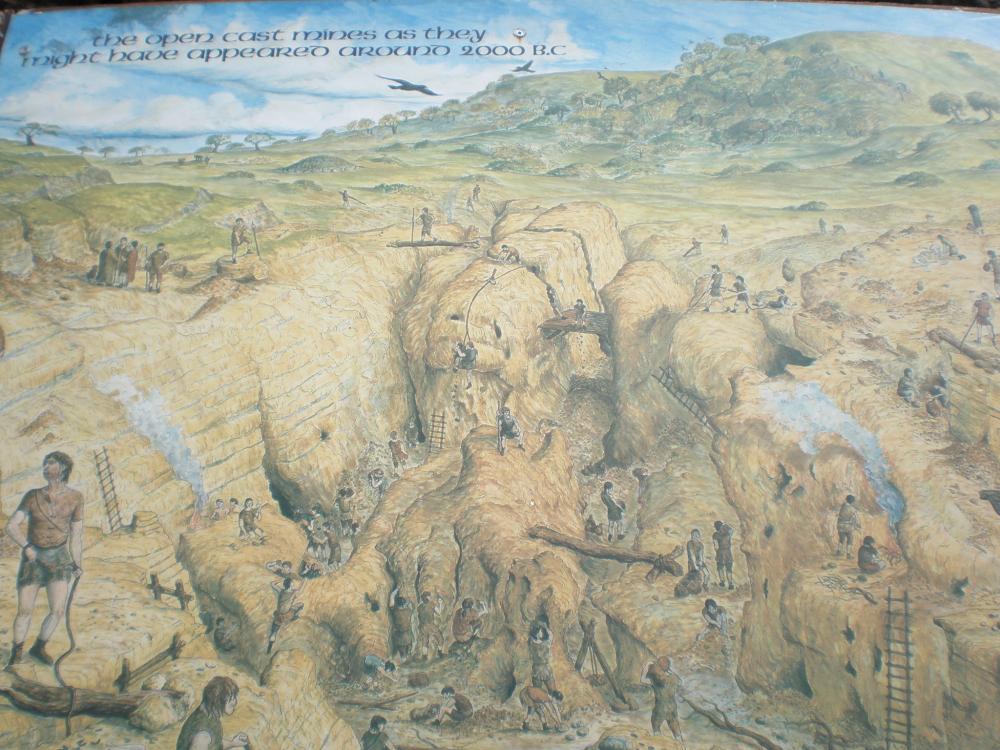
Neolithic flint mine (Britain, Norfolk):
https://www.english-heritage.org.uk/visit/places/grimes-graves-prehistoric-flint-mine/
https://en.wikipedia.org/wiki/Flint
Iron mining, iron age (Southern France), the red square on the figure:
Spoiler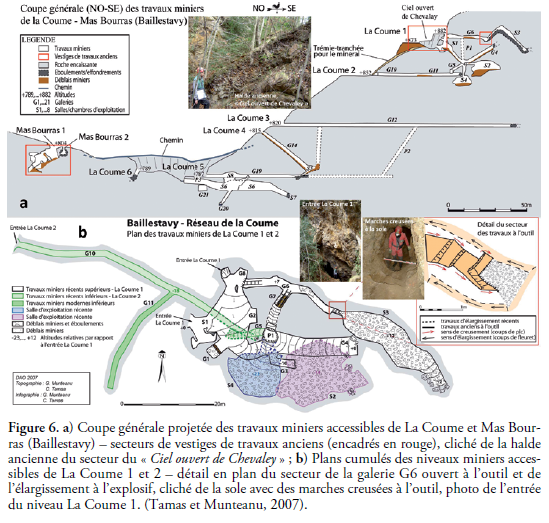
Different iron ores:
Bog Iron:
https://en.wikipedia.org/wiki/Bog_iron
http://www.hurstwic.org/history/articles/manufacturing/text/bog_iron.htm
Ironstones:
https://en.wikipedia.org/wiki/Ironstone
https://en.wikipedia.org/wiki/Siderite
https://www.wealdeniron.org.uk/hist.htm
Spoiler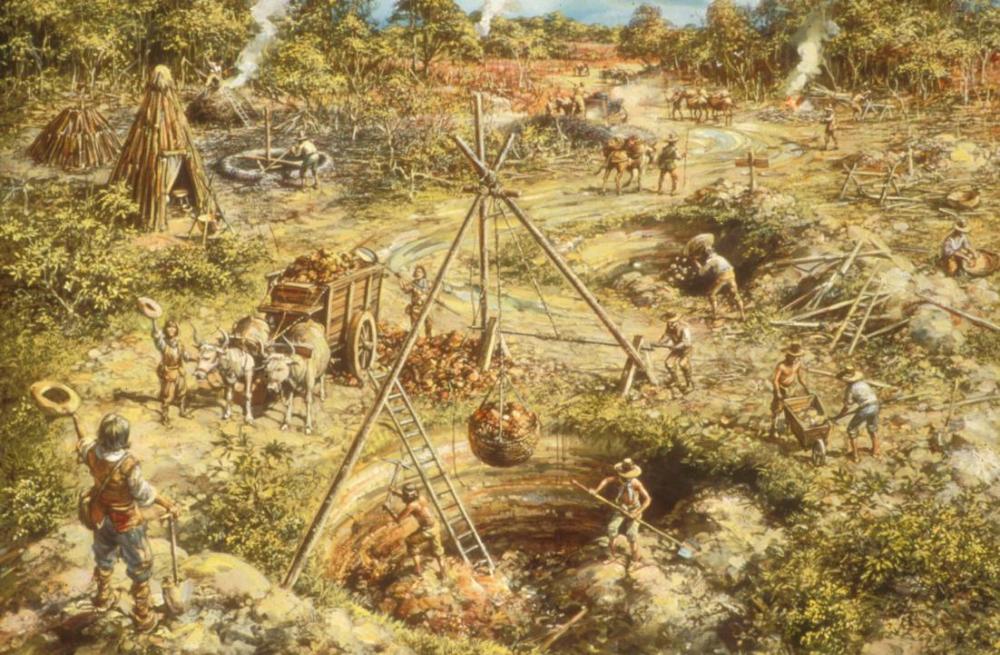
Bonus: Salt mining Hallstatt period (Austria):
https://www.nhm-wien.ac.at/hallstatt/en/salt_mine/hallstatt_period
Edit: For bog iron, it is quite common in wetland and forested streams where the geology is rich in iron. Here a picture of field campaign I did in Hessen in Germany:
This is due to iron-oxidizing bacteria, forming biofilms:
https://en.wikipedia.org/wiki/Iron-oxidizing_bacteria
The iron minerals are dissolved in anoxic conditions (no oxygen) below the water table as Fe(II) minerals and when the water rises up it got oxidized in Fe(III) minerals, bacteria use this difference of oxidative potential to fuel their metabolism. In the case of my picture, this is a seepage because there are beavers dams and ponds in the area.
-
 2
2
-
 1
1
-
-
12 hours ago, av93 said:
That could be the basis for "mercenaries" for barbarian civs
I agree on the idea but this could be more about "regional" units than mercenaries. It could be also special abilities for some factions, like the Romans and the Persians, getting new available auxiliaries from the capture of ennemy's fortress or civic center. For example Numidian auxiliary cav when they capture a Carthaginian fortress. I think the idea of wowgetoffyourcellphone of map mercenary camps to capture is great. It creates a sense of geopolitical context between players, making also the importance to capture strategic points on the map.
12 hours ago, av93 said:maybe celts get some germanic units, Iberians could use roman/greek/carthaginian or celts, britons some caledonians
Yeah I used this idea to include regional units in the new rosters of the Celtic factions I suggested. Clearly Caledonian swordsman with back scabbard as the Batoros and Irish elite javelinist as the Caur. For the Gauls, I suggested to let the player unlock which regional champion he wants: Rhine region cavalry based on Belgian and Germanic items and inspired about the Tencteri and Usipetes fighting style. Aquitanian elite bodyguard inspired from the Sotiates account, with chain mail decorated with some decorated plates. Alpine axeman based on the finding from the Ticino region.
-
 2
2
-
-


.thumb.jpg.b21ca1d0c15fb56b42c39b25a0a40815.jpg)
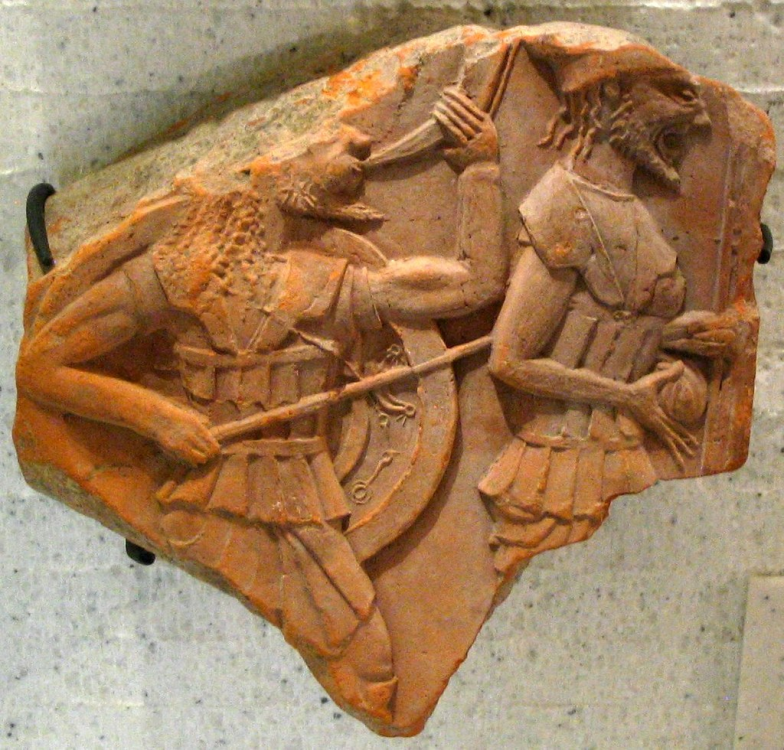
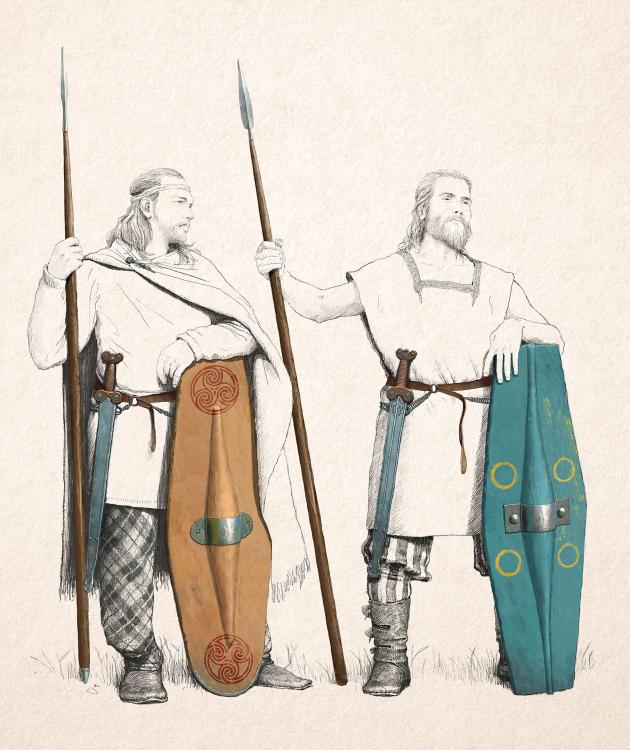
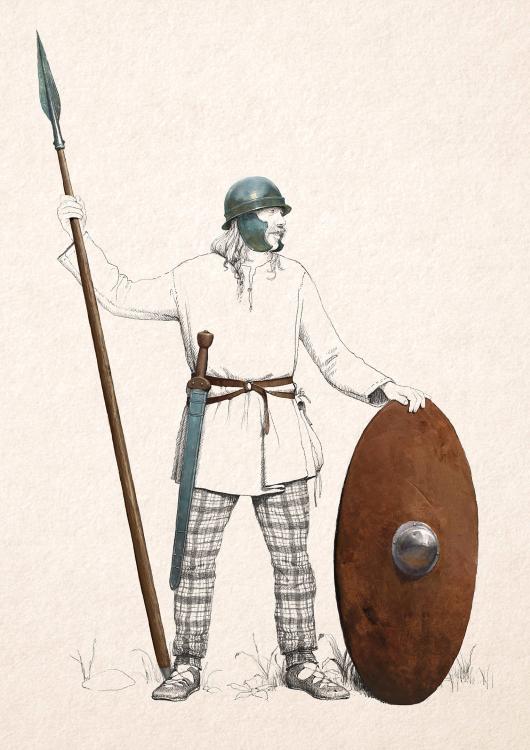
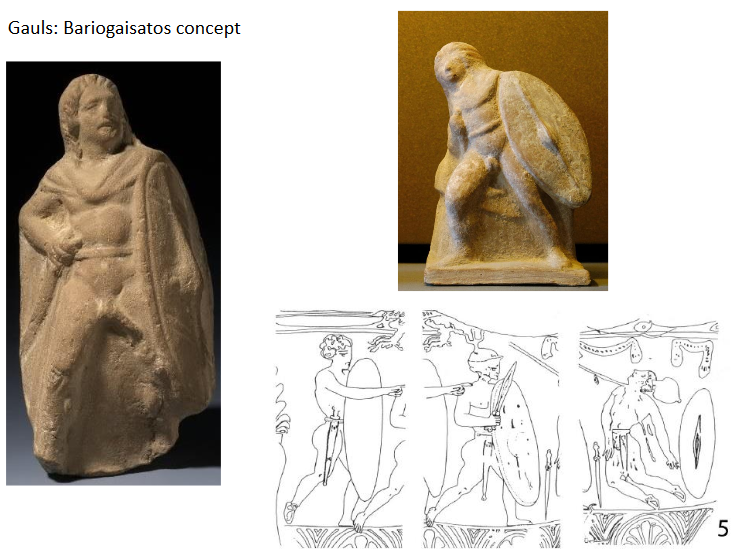
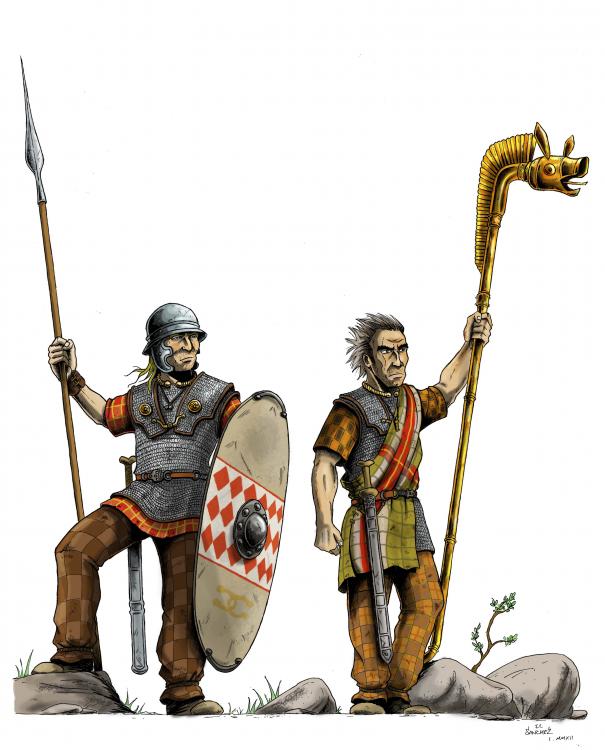
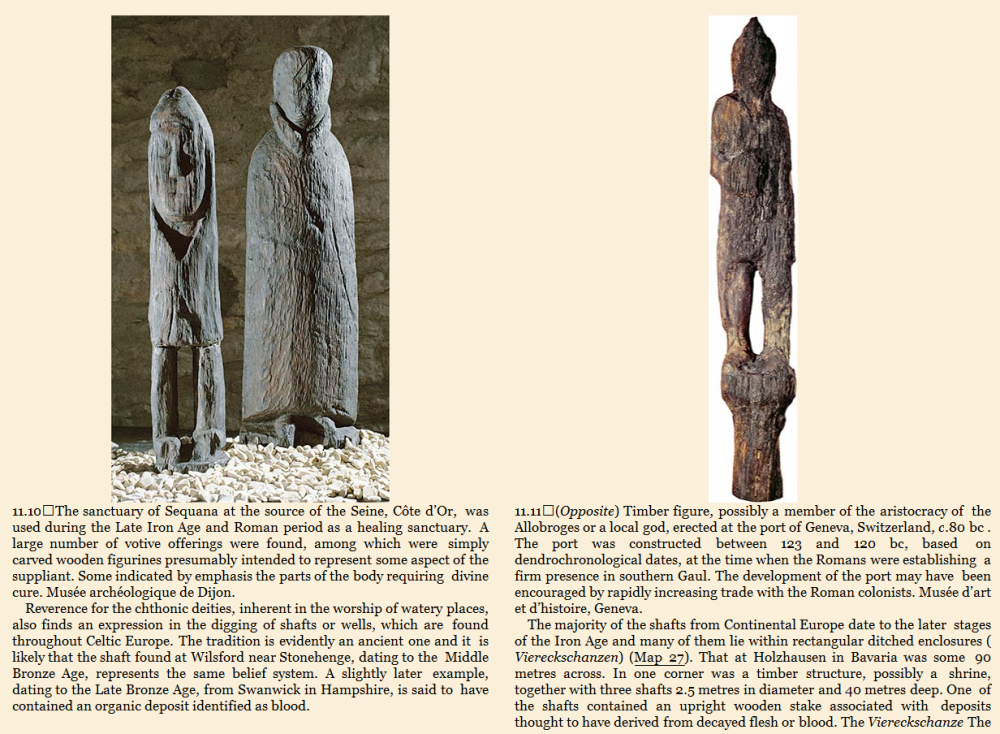

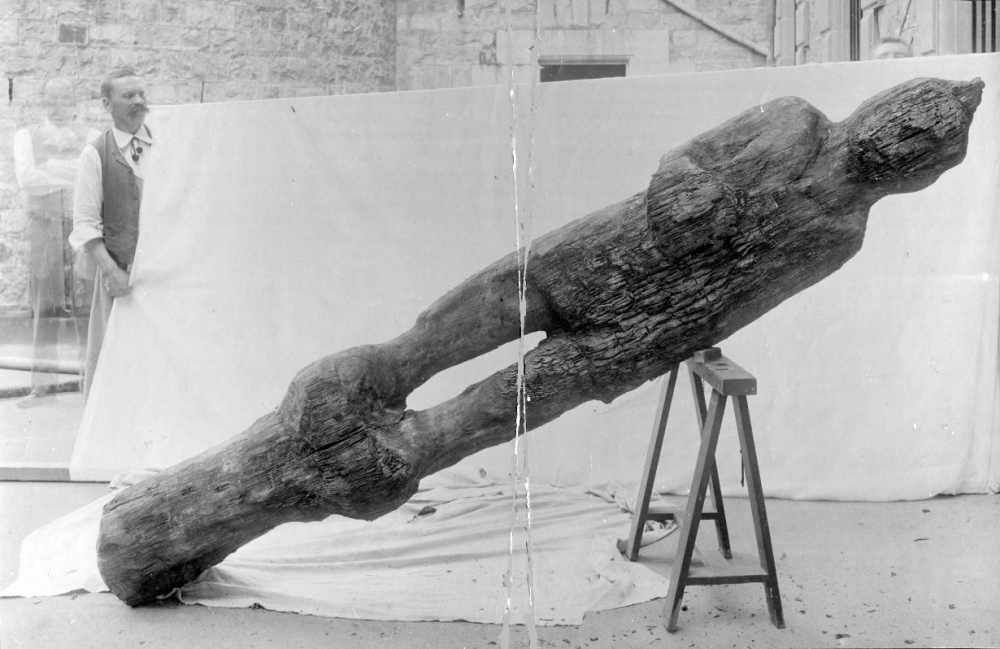
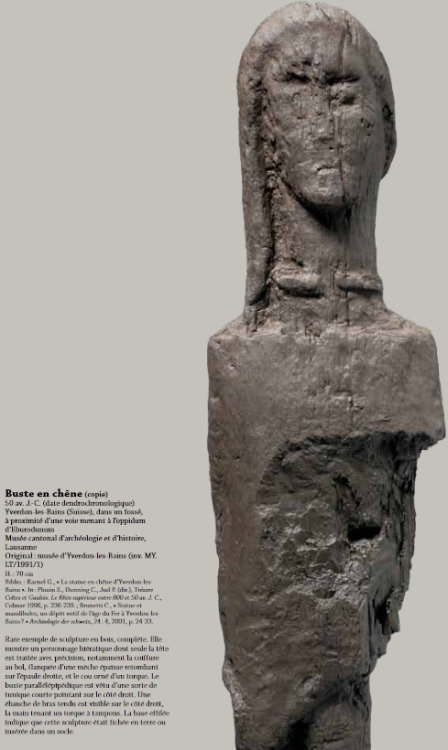
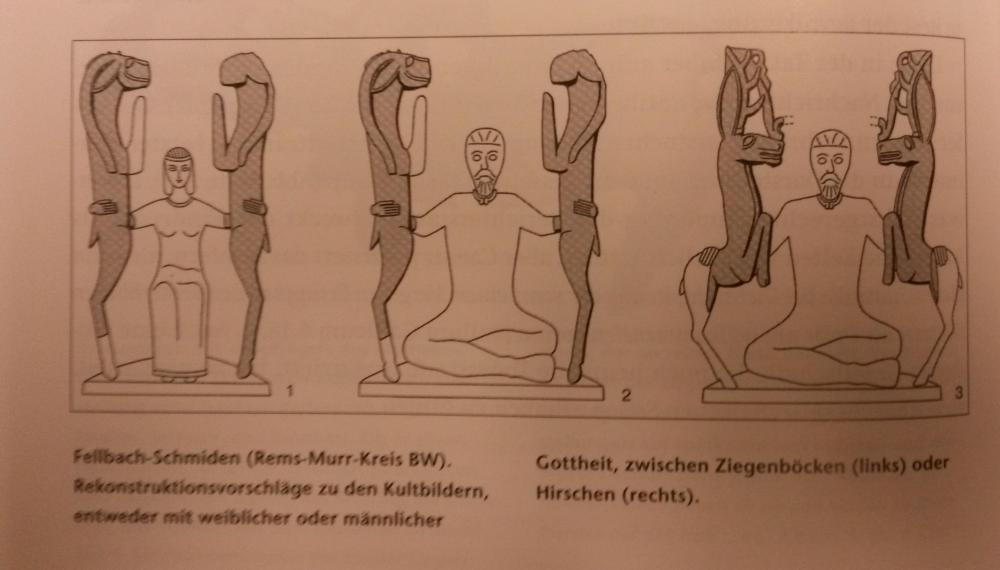
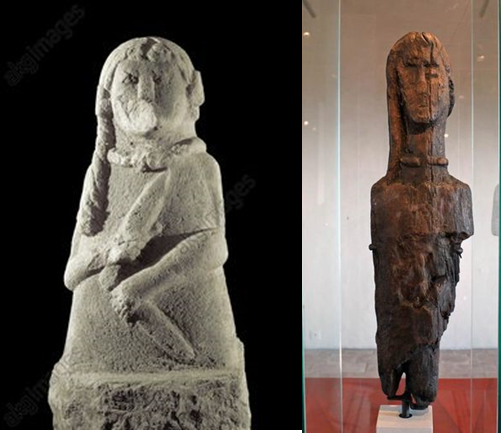
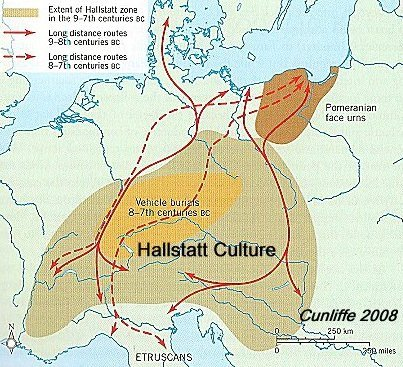
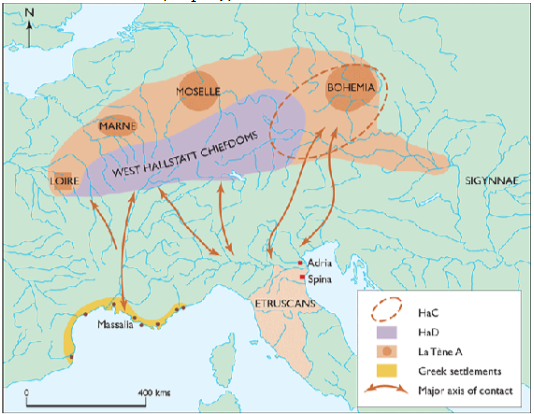
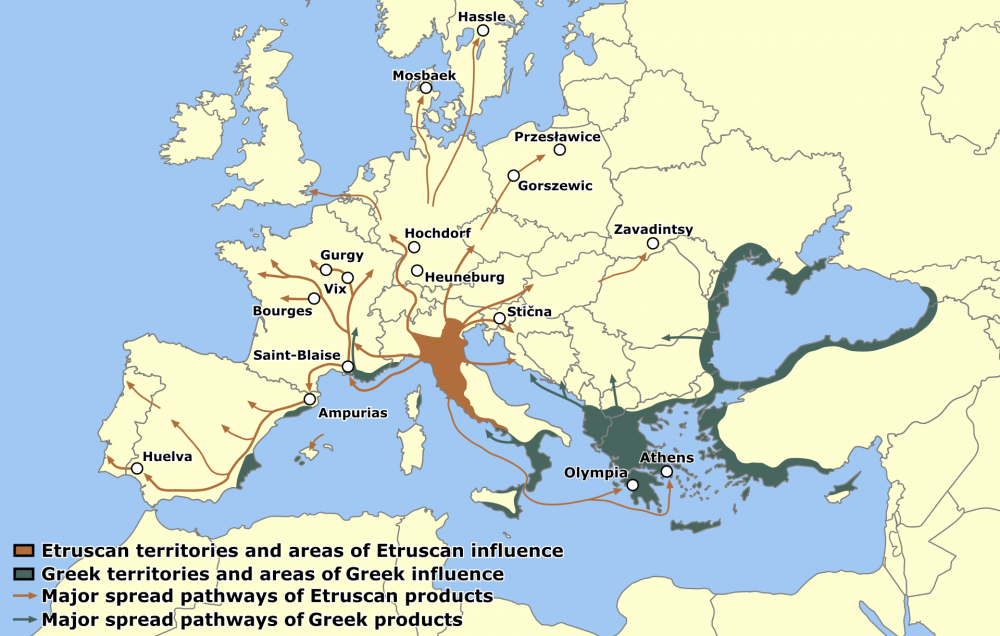
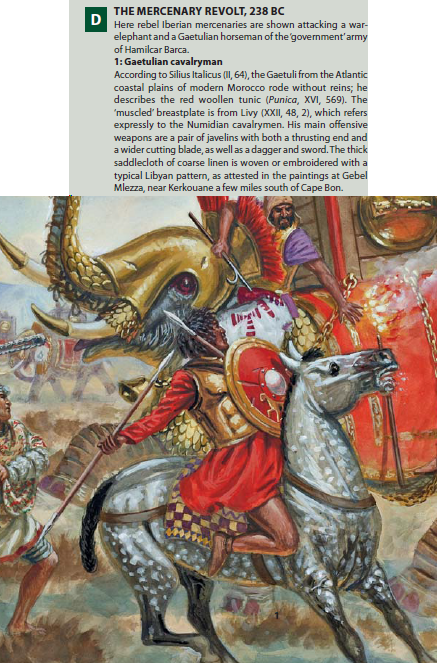
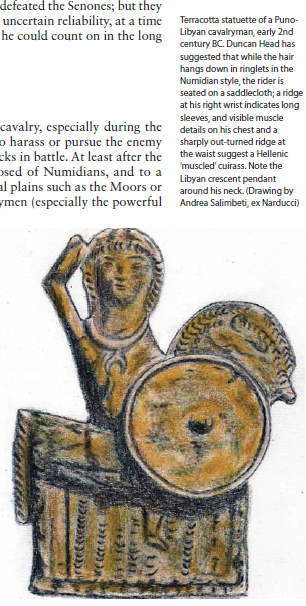
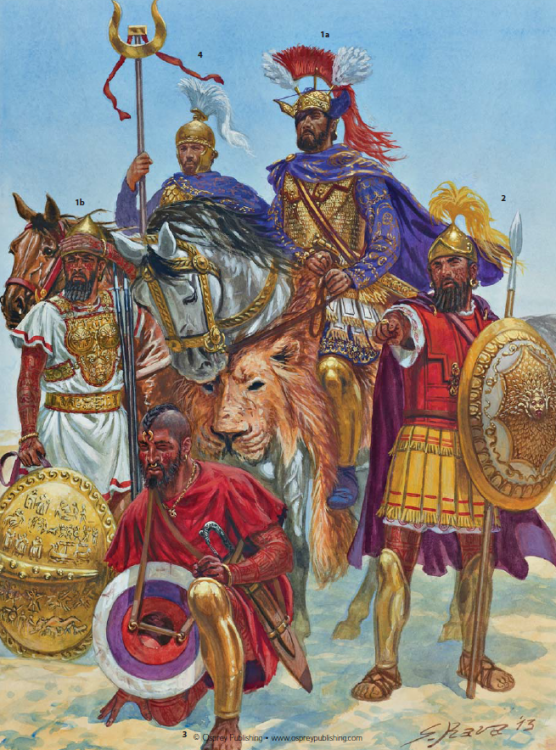
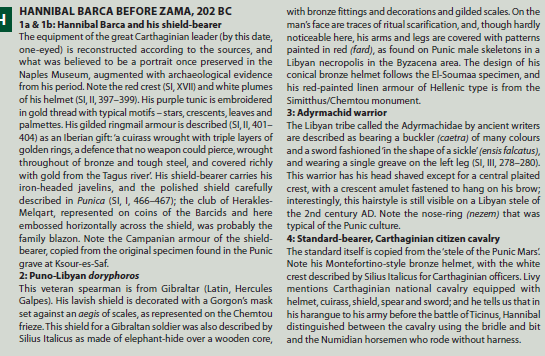
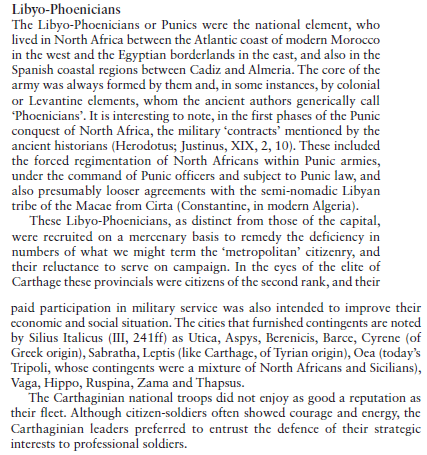
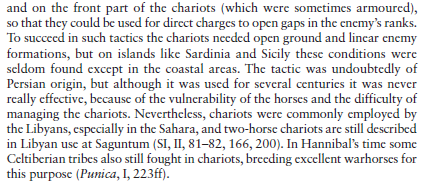
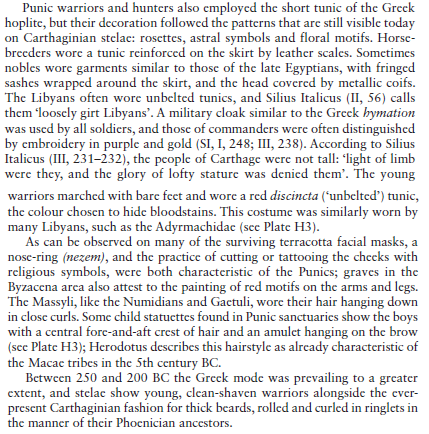
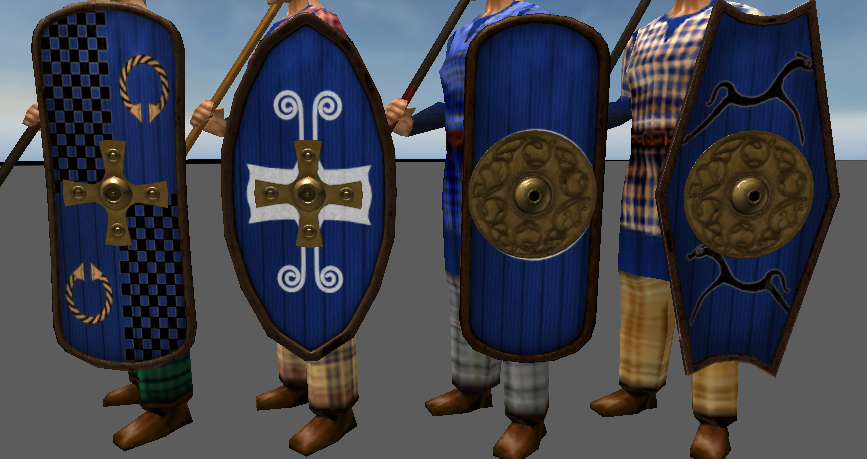
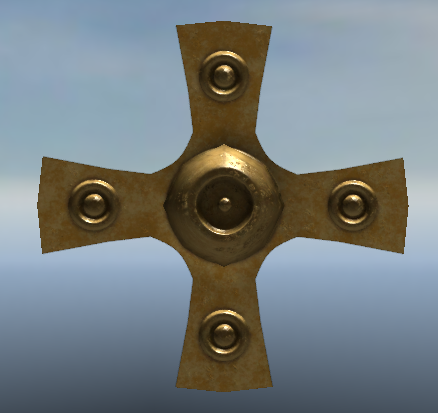
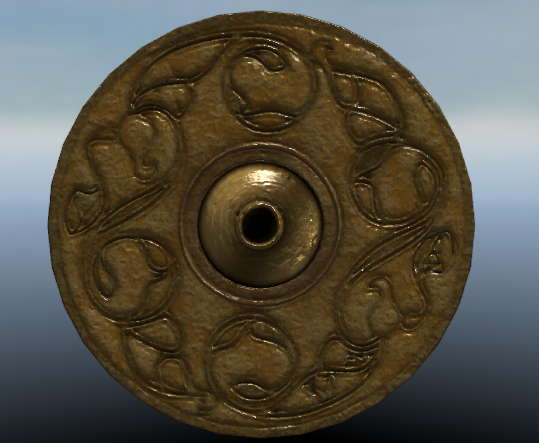
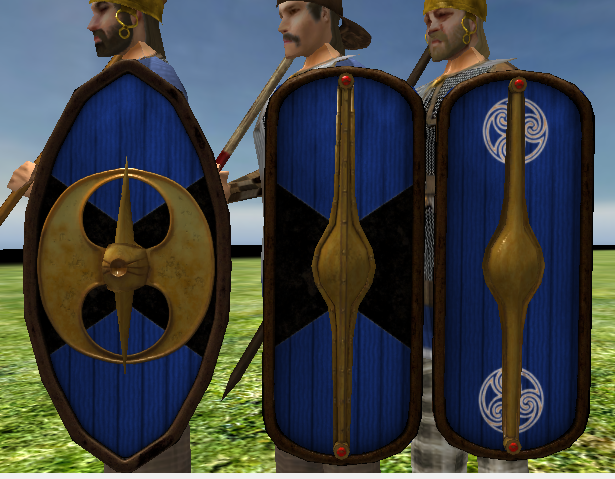

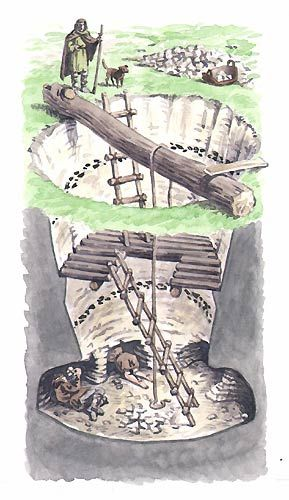
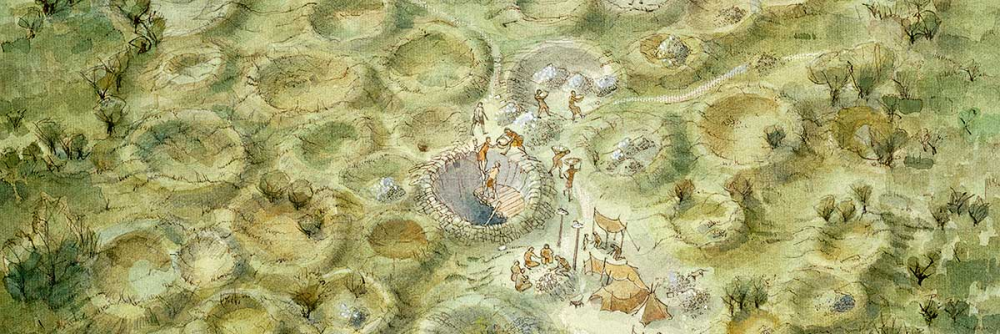
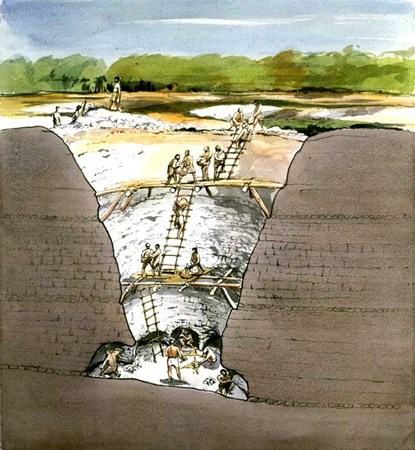
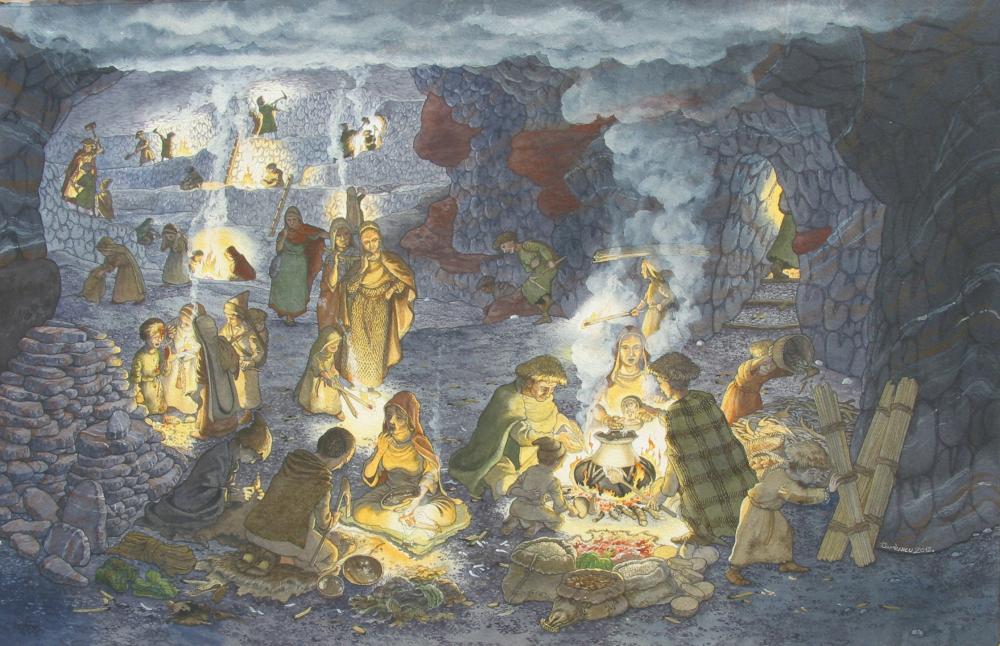
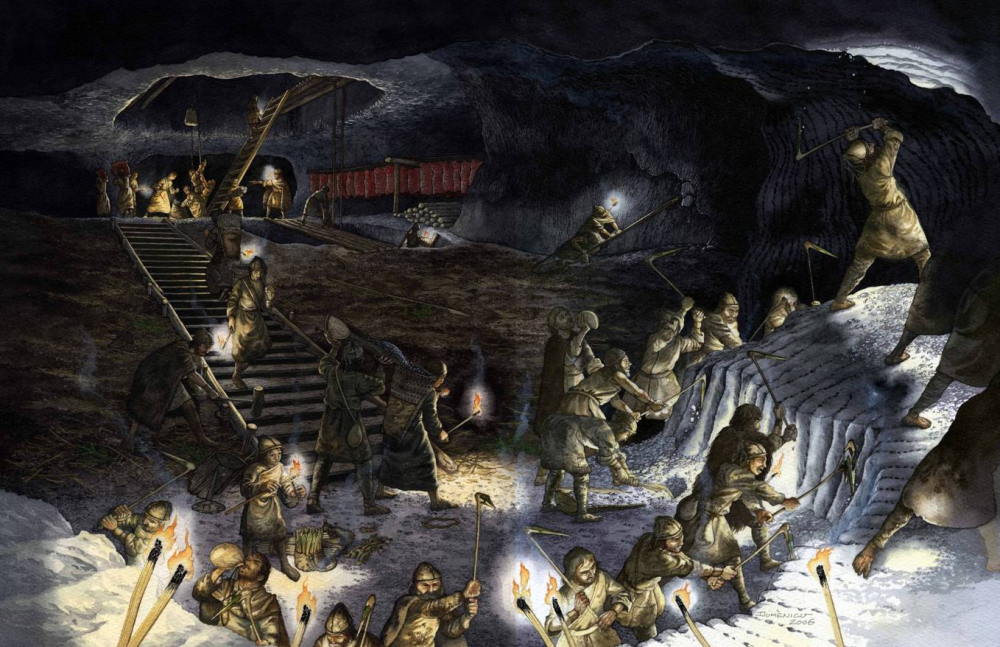
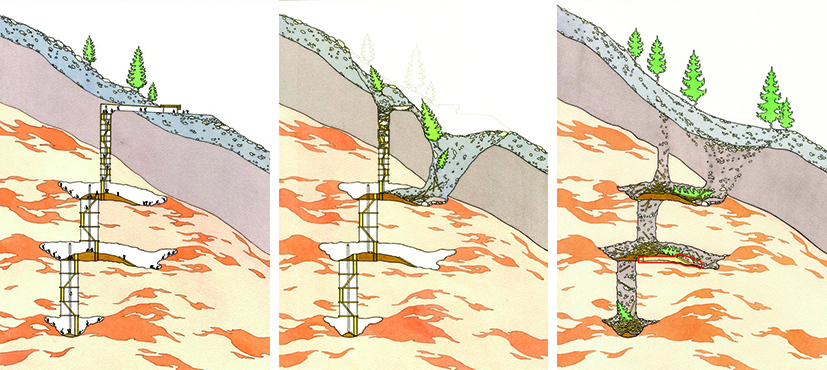
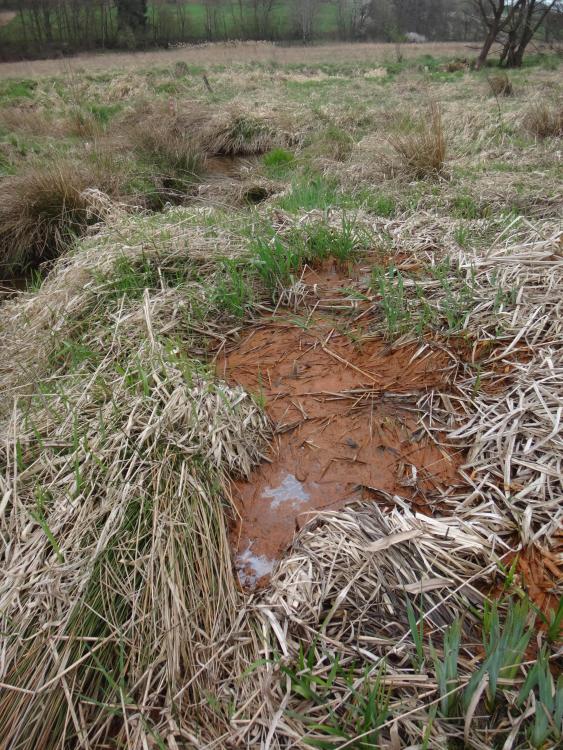
0AD Economy Simulation Mod
in Projects
Posted
I edited the message and finished the Britons.